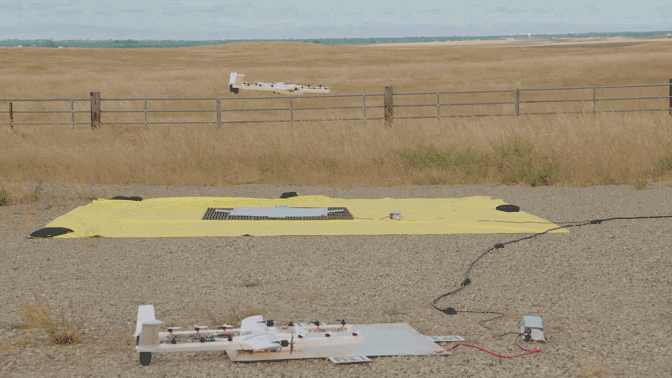

Project Wing, the X project from Google (now housed under mutual parent Alphabet) that focuses on drone delivery, just shared a key update in its efforts to make everyday drone delivery a reality: The company completed a series of tests organized by the FAA and NASA to help test air traffic management capabilities for Unmanned Aircraft Systems (UAS), which will be necessary if we’re ever going to get to a point where vehicles zip through the air without direct piloting, delivering packages and other goods as part of a largely automated network.
Project Wing is preparing for a future in which it and others operate fleets of drones numbering in the thousands, delivering packages and serving other functions, while also intelligently navigating in and around buildings, weather and other UAVs. The resulting symphony will require sophisticated coordination, and the system that Wing tested on Tuesday this week at the test site operated by Virginia Tech showed exactly that: A single Wing operator controlled three Wing drones simultaneously for separate pickup and delivery missions, while also navigating with two Intel drones and a DJI Inspire, all sharing the same general airspace.

The demonstration showed how Wing’s traffic management platform could automatically plot the paths of all these vehicles, and intelligently update and adapt those paths on the fly, in real-world outdoor flying conditions. Efforts to create this platform have been focused on addressing route planning for co-located drones, notifications about unexpected changes in routes for remote operators and airspace alerts and route corrections that can update in response to things like forest fires.
Next up, Wing will be looking to add support for more simultaneous flights, and environments with more going on (these tests took place in fairly open air, far from busy urban centers). It’s early days yet, but this is a key ingredient in making everyday drone delivery something that’s palatable to regulators and safe for city dwellers.

